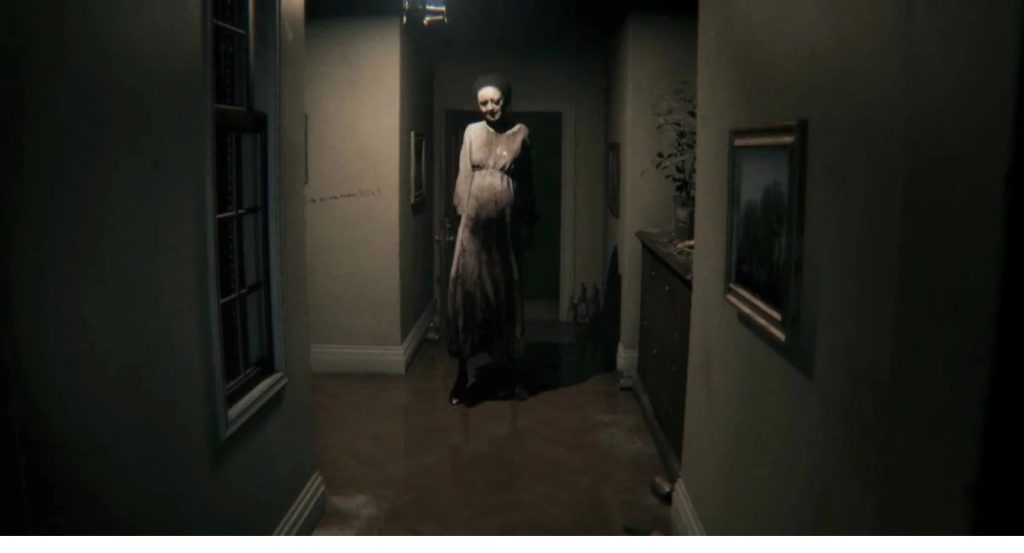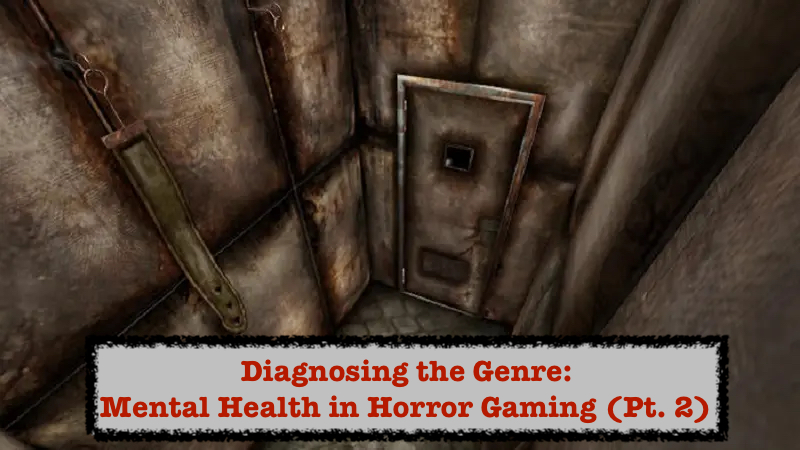Understanding the Trigger Mechanisms in P.T.
In the psychological horror game P.T., players navigate through an unsettling looped corridor filled with various paranormal events that are primarily activated by specific player interactions. The game’s design intricately combines exploration with fear, utilizing a series of triggers that unfold as the player interacts with the environment and objects. Here’s a detailed exploration of the key triggers and gameplay dynamics:
Key Triggers
1. Flashlight Interaction:
– When the player picks up the flashlight located in the bathroom sink area, it signifies the beginning of heightened suspense. This action not only initiates eerie music—marking the crescendo of haunting atmospheres—but it also triggers the unsettling moment of a fetus crying from the sink. Once this occurs, the bathroom door locks behind the player, reinforcing the feeling of entrapment and escalating tension (References: [1][3]).
2. Mirror Engagement:
– After the fetal cries are heard, the player can interact with the bathroom mirror. Following this prompt, the game introduces a chilling effect—the bathroom door creaks open, implying new paranormal activity awaits. This interaction emphasizes the game’s thematic elements of reflection and distortion of reality (Reference: [3]).
3. Ghostly Apparitions:
– Noting the slightly ajar bathroom door and zooming into the gap with the R3 button results in a brief apparition of a ghostly creature. This encounter serves as a puzzle piece in progressing the narrative and further immerses the player into the haunting experience (Reference: [1]).
4. Radio Commands:
– In one of the subsequent loops, the radio delivers cryptic commands such as “Don’t touch that dial” or “Look behind you.” Following these auditory cues can lead to unexpected ghostly surprises that signal a transition to a new game loop, enhancing the unpredictability of the game (Reference: [3]).
5. The Ghost “Lisa”:
– As players advance through later loops (specifically around loop 5), they begin to encounter the ghost named Lisa. These sightings heighten the stakes; approaching Lisa can provoke a ghostly attack that may lead to possession or death, adding an element of danger and urgency (References: [1][4][5]).
6. Loop Dynamics:
– The game employs a looping corridor mechanic, with many events being intricately linked to the player’s progress through these loops. Some events can only occur after others have been triggered, illustrating the game’s structured design where the environment evolves in response to player actions. This looping structure fosters a sense of dread as each cycle can reveal new horrors (References: [1][3]).
Gameplay Design and Exploration
The design of P.T. encourages exploration and interaction within its haunted setting. It requires players to engage actively with the environment to discover the full spectrum of supernatural occurrences. The nuanced interplay of player actions and environmental responses leads to a rich, immersive experience that is as much about the atmosphere as it is about direct stimuli.
Additionally, the game’s capacity for randomness and cryptic features means that certain triggers may not always be immediately evident, requiring players to experiment with their surroundings and actions. This unpredictability enhances the horror experience, as players cannot always anticipate when or how terror will manifest.
Conclusion
In summary, P.T. masterfully leverages specific player-triggered interactions—ranging from engaging with objects to responding to auditory hints—combined with a looped environment to create a hauntingly immersive experience. The game’s design promotes a sense of discovery through exploration while simultaneously instilling a perpetual sense of dread, making it a landmark in the horror genre.






Leave a Reply